- All
- design process
- interior design
- sustainability

From Problem to Possibility: The Role of a Design Manager in Luxury Hotels
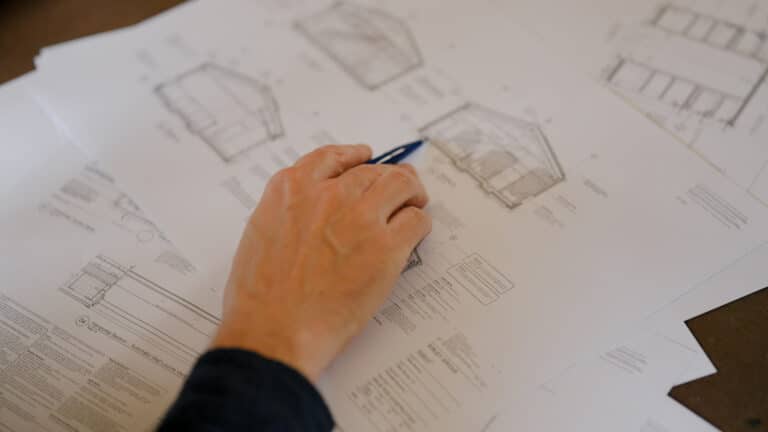
Shaping Projects from the Ground Up: Collaboration, Problem-Solving and Detail
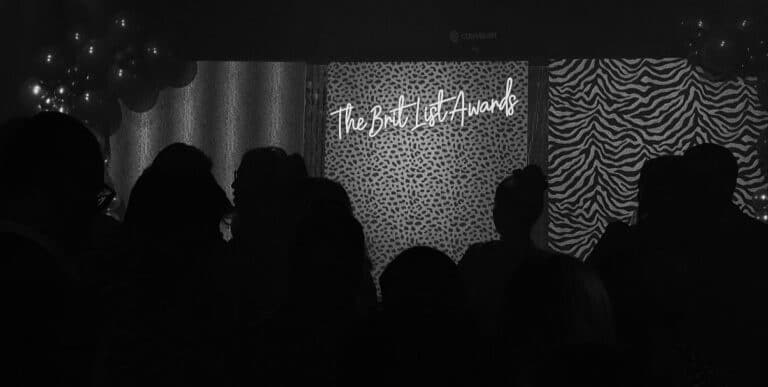
Shining Bright: Reflections on My Journey to the Brit List ‘Rising Star’ Award
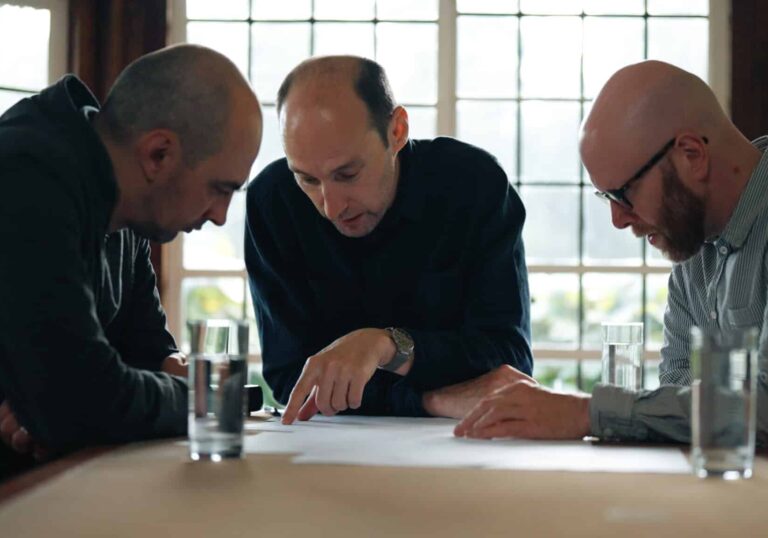
From Furniture to Buildings: The Craftsmanship Behind Sibley Grove’s Design Philosophy
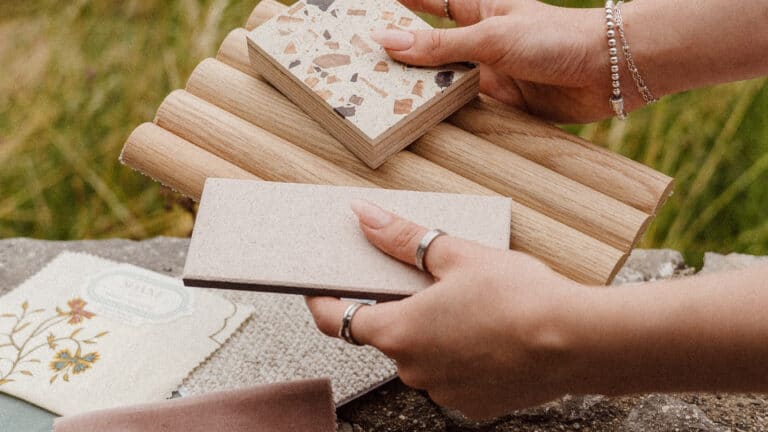
How We Create a Colour Palette for Your Home

Why Early-Stage Feasibility is Critical for Hotel Conversions and Upgrades
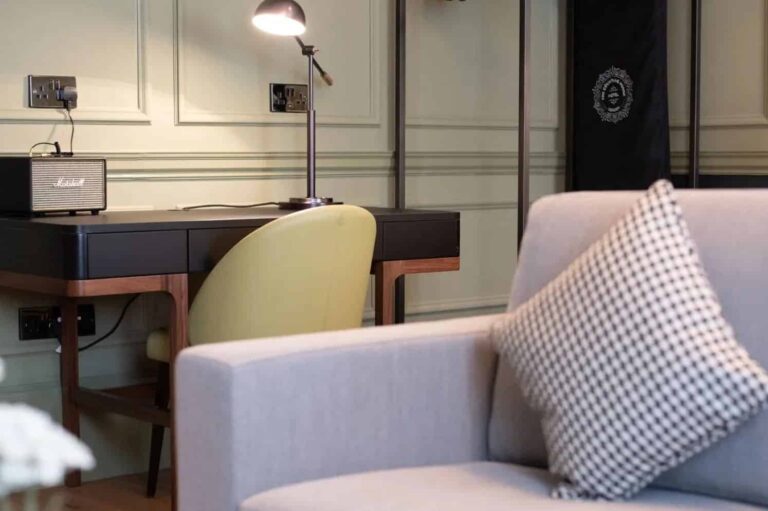
The Case for Longevity in Hospitality Design

A Material Choice: what we learn from cork
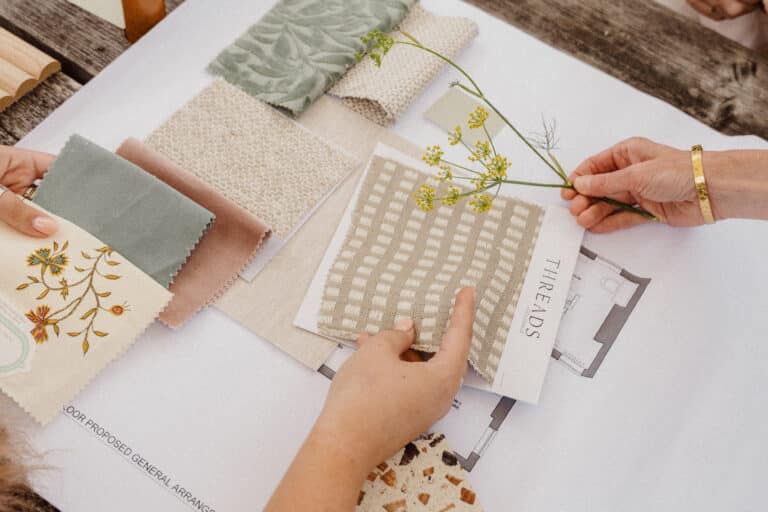
Colour Psychology in Design – Coastal Devon Summers
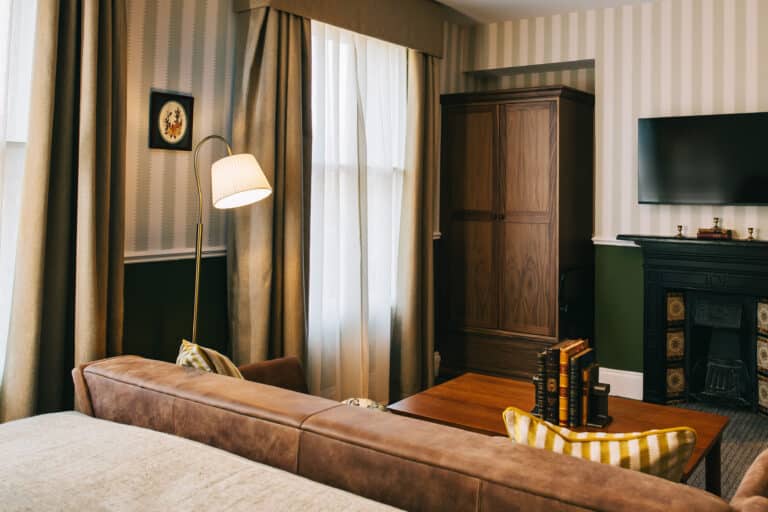
Designing Smarter: Storage Tips for Hotel Bedrooms
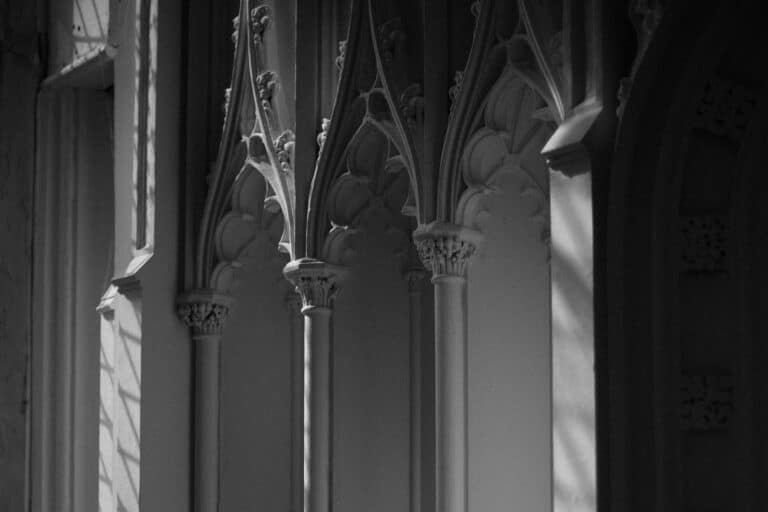
How to use photography in luxury hotel design

Creative Direction – telling our story

